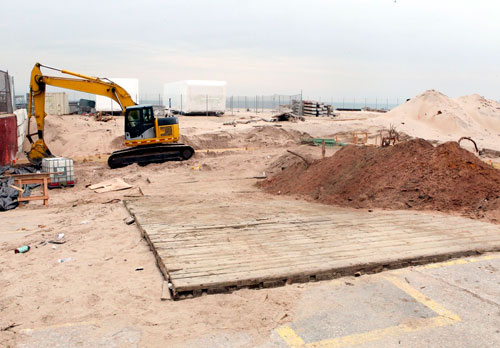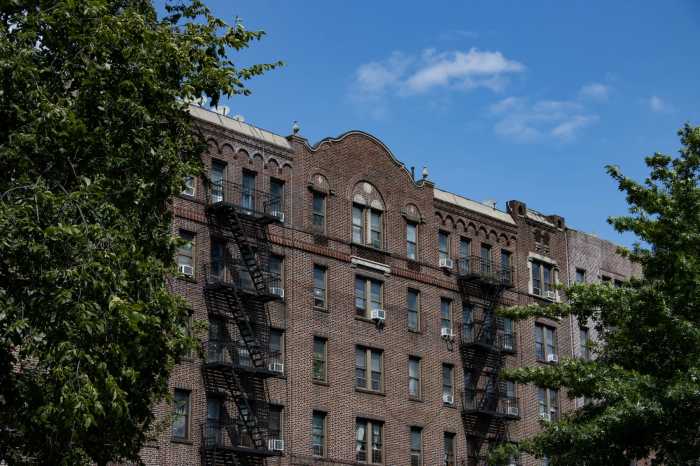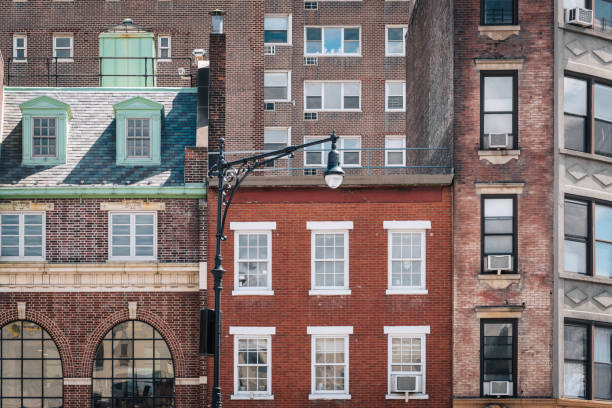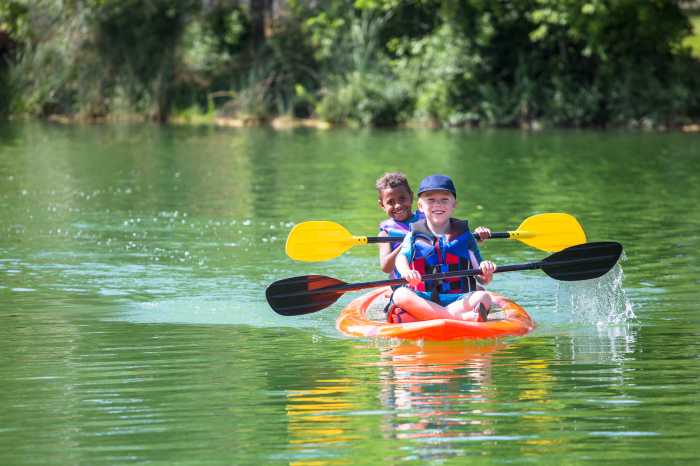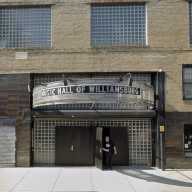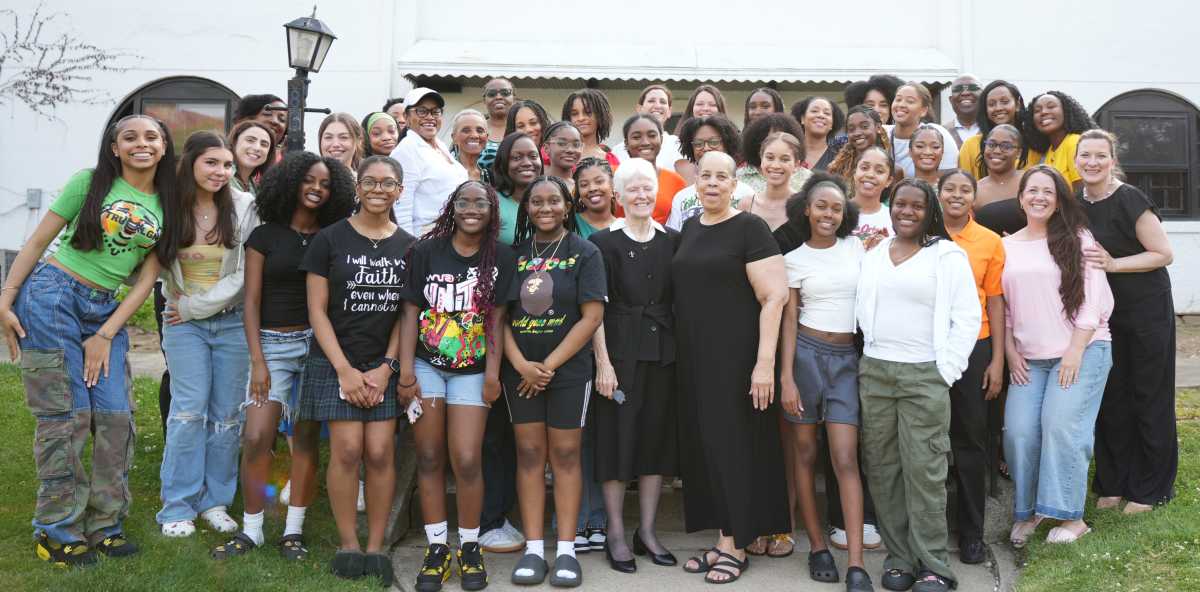Call it a wood-be landmark.
Coney Islanders blasted the city Landmarks Preservation Commission at a Feb. 14 public meeting, complaining that landmarking the iconic Coney Island Riegelmann Boardwalk would do nothing to protect its signature wooden structure. Agency reps promised that alternate materials such as concrete and recycled plastic would still recall the appearance of the 2.5-mile, 95-year-old Boardwalk, but one local insisted that idea was preposterous, and those materials would change the essence of the walkway forever.
“If the boards can be replaced by concrete that has a board-like pattern, are you seriously suggesting that that should suffice in terms of recalling what the Boardwalk was but no longer is?” asked Rob Burnstein, the president of the Coney-Brighton Boardwalk Alliance. “What makes it a Boardwalk is having boards.”
The agency recommended the Boardwalk for scenic landmark status, which would protect its existence as a landscape and the general parameters of its physical presence, including its length and width, according to a spokeswoman. But even individual landmark status — which applies to the exterior of individual structures — would not necessarily protect the wood, because parts of its surface have been replaced with concrete and recycled plastic lumber beginning in 2009. But another local said that a wooden surface is a fundamental part of the Boardwalk, and that it is already a landmark in the minds of locals who logged miles of memories walking along it in years’ past.
“The wooden nature of the landmark is absolutely integral to its identity and people’s experience of it. It’s an experiential question — it’s the experience one has when one is on the Boardwalk,” said Andrew Sillen, a member of the alliance. “My grandmother took me to that Boardwalk every Tuesday morning as a child, and I can tell you, the experience of a child who has grown up in a concrete jungle, to experience a natural material under their feet, that’s profound.”
If the agency granted the Boardwalk scenic landmark status, it would only act in an advisory capacity in regulating and maintaining the Boardwalk, with the 11-member city Public Design Commission having final say in maintenance and material matters. But another local said that the commission would be unqualified to maintain the Boardwalk since it doesn’t even have a coastal engineer among its members — which a spokeswoman confirmed — possibly leading it to ignore the flooding and erosion problems that the concrete sections exacerbated during Hurricane Sandy.
“Concrete is known to increase wave action, it doesn’t attenuate it in any form,” said Ida Sanoff, the executive director of the National Resources Protective Association. “We cannot ignore that this is a shorefront community and there are tens of thousands of units of housing that directly abut this Boardwalk.”
Locals have led a years-long fight for both the wood and an environmental impact study, with the local community board even backing members of the alliance who file a lawsuit calling for an environmental impact study. But the Public Design Commission does not commission studies and relies on research by the Parks Department — which currently has jurisdiction over the Boardwalk — to determine the best approach to issues related to coastal erosion, according to a commission spokeswoman.
Locals also suggested the Parks Department wanted a concrete Boardwalk because, at $126 per square foot, it is cheaper than the $144-per-square-foot wood, and that it would be more durable for the police and Parks vehicles that sometimes cruise down the walkway.
Sillen said the landmarks agency was flouting its responsibilities by simply acting as a mouthpiece for the Parks Department.
“It’s not the Landmarks Commission’s job to protect the Parks Department — it’s its job to protect the Boardwalk,” he said.
Councilman Treyger (D–Coney Island), who has led the charge to get the Boardwalk landmarked for years, insisted that securing scenic landmark status was crucial for the Boardwalk’s future, because it would ensure its existence in perpetuity and add more layers of oversight for alterations and repairs.
But Treyger also echoed locals’ concerns, emphasizing the experiential and historic importance of a wooden Boardwalk, and adding that the city should consider sustainable hardwood sources from the Central and South Americas — citing the “Brooklyn Bridge Forest” in Guatemala that environmental and landmarks groups want the city to use as a materials source for the iconic bridge’s wooden promenade.
Sanoff pointed to a double standard about authentic wood between the Boardwalk and the bridge, saying nobody is suggesting replacing that promenade with plastic or concrete.
“It would be heresy,” she said.


